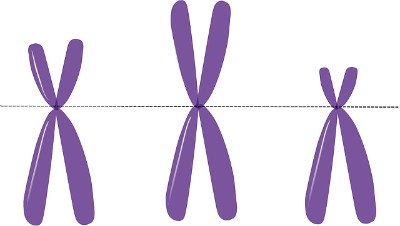Biotic factors refer to the living organisms that affect plant growth and development in various ways.
These organisms, both macro-and micro-organisms, are the living components of the environment that influence the manifestation of the genetic factor on phenotypic expression.
Macroorganisms refer to the animals such as humans and other mammals, birds, insects, arachnids, mollusks, and plants while microorganisms include fungi, bacteria, viruses, and nematodes.
The effects of these biotic factors on plant expression may be advantageous or disadvantageous, depending on how they interact with the plant.
These interactions include mutualism, herbivory, parasitism, and allelopathy.
Click here to read on separate window update on how microbes can boost agricultural yields



